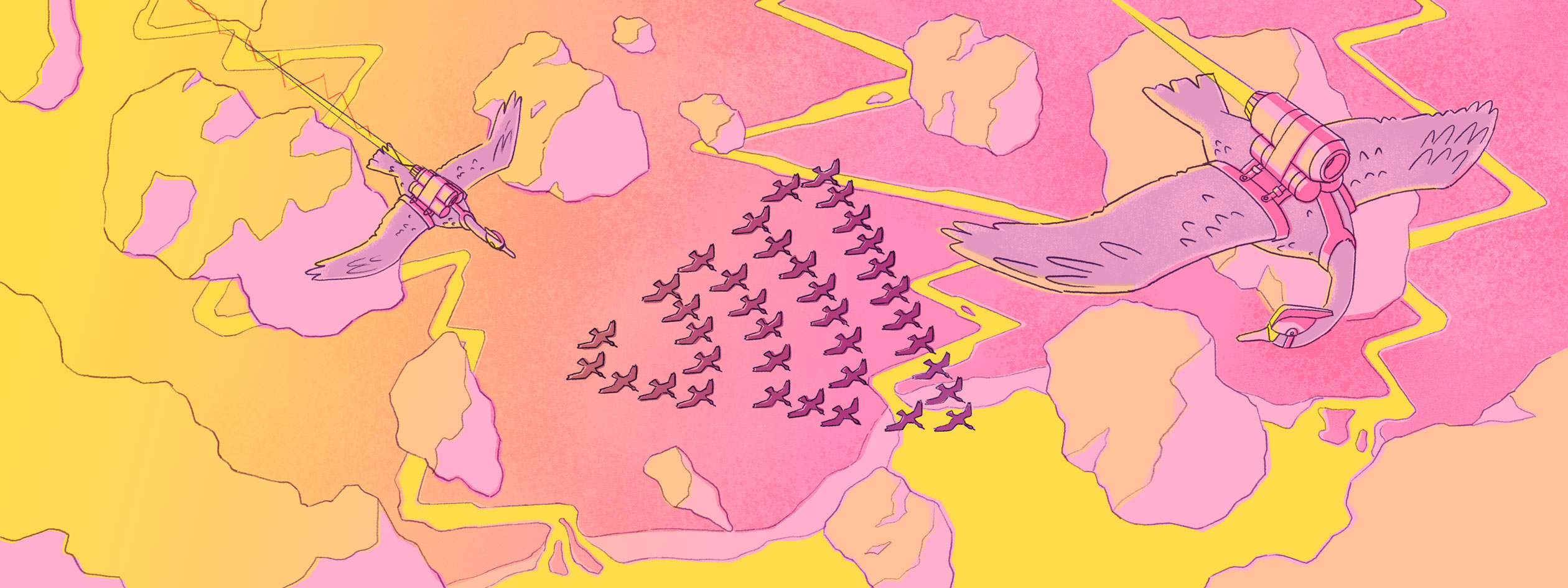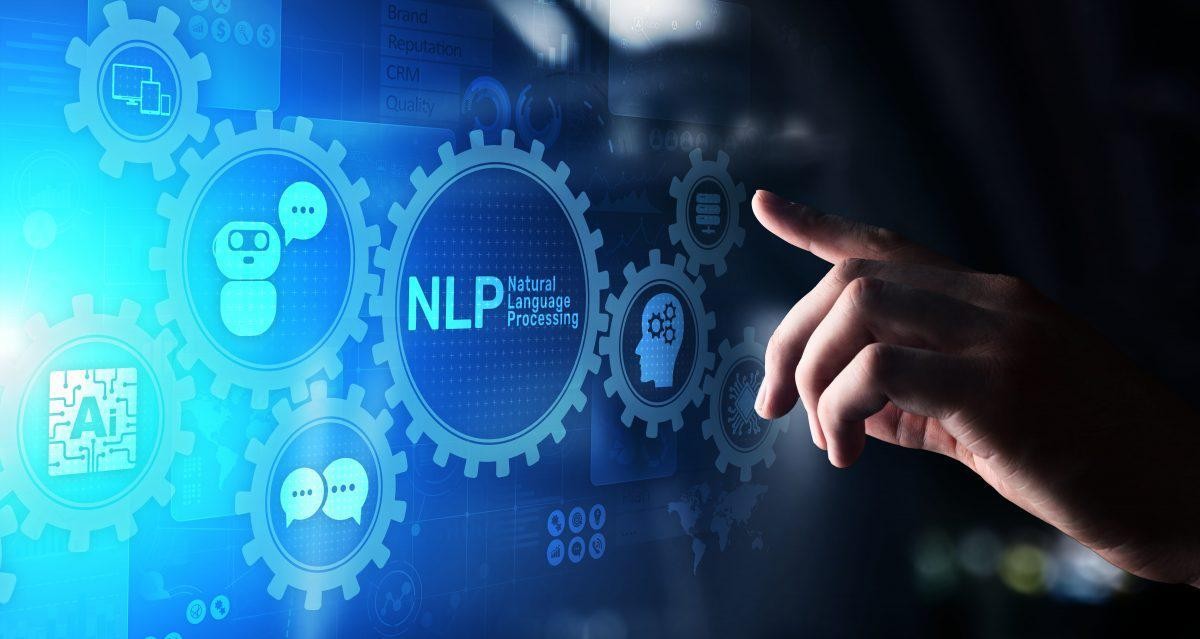
Analyzing Problems and Solutions 3/4
Analyzing the problems identified by Google Lighthouse can help us understand what improvements our site needs. These problems include Performance, Accessibility, Best Practices, SEO, and PWA. However, the main category I want to focus on is Performance.
Website performance is divided into five main factors:
- CLS (Cumulative Layout Shift): Checks for sudden layout shifts. This issue occurs when elements on the page move unexpectedly, disrupting the user experience.
- LCP (Largest Contentful Paint): The load time of the largest file on the page. This factor indicates how long it takes for the largest content element on the page to load completely.
- INP (Interaction to Next Paint): How the page responds to user interaction. This metric shows how quickly the page responds to user inputs.
- TBT (Total Blocking Time): Total block time. This metric shows how long the browser is blocked from responding to user inputs due to JavaScript execution during the page load.
- FCP (First Contentful Paint): The first paint of the page that the user sees during loading time. This factor indicates when the first content becomes visible to the user.
To improve each of these factors, we can use various techniques and tools. For example, to reduce FCP time, you can minify your CSS files and remove unused styles. Setting static width and height for images can help prevent unexpected layout shifts (CLS). Using setTimeout and callbacks can improve how the page responds to user interactions (INP).
However, the question arises: which of these issues can be solved by AI? To answer this, we need to understand how AI works and what tools are available.



